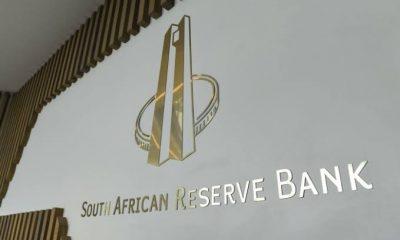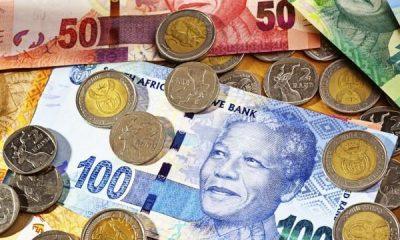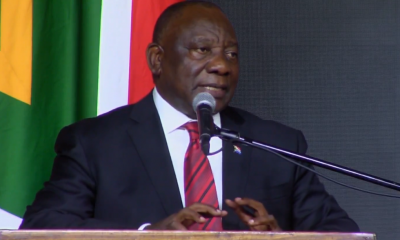Business
SARB Signals Long-Term Hold as Global and Local Risks Cloud Outlook

South Africa’s interest rate path is taking a surprising turn in 2025, with a growing chorus of economists forecasting a prolonged pause from the South African Reserve Bank (SARB). The message is clear: caution over cuts.
Momentum Investments is the latest group to join this view, suggesting that SARB will likely impose a six-month moratorium on interest rate changes while it assesses economic shifts both at home and abroad. If this prediction holds true, South Africans may not see a rate cut until November—if at all.
What Changed?
At the end of 2024, the economic consensus was far more optimistic. Economists expected interest rate cuts totaling between 125 and 150 basis points in 2025. But after SARB’s back-to-back decisions to hold the repo rate steady in January and March, expectations have shifted dramatically.
Currently, the repo rate stands at 7.5%. And while SARB’s own projections still suggest a potential 25-basis point cut in the second quarter, market sentiment is moving in another direction—one focused on holding steady.
Global Tariffs, Local Pressures
The shift in tone is largely due to rising global uncertainty. In April, US President Donald Trump implemented a universal 10% tariff, with threats of a 30% reciprocal tariff on South African goods looming if a 90-day pause ends without resolution.
Momentum economist Sanisha Packirisamy said these developments have raised the stakes for central banks globally—especially those in emerging markets.
“We expect this cautious stance to persist over the next six months, particularly as some key risks begin to materialise, such as the implementation of a universal tariff by the United States,” she explained.
Why SARB is Holding Back
On the home front, there’s more than enough reason for SARB to stay cautious.
Inflation is projected to bottom at 3.6% in 2025 before gradually increasing to 4.5%. While this should normally support rate cuts, Packirisamy warns that second-round effects from the recent VAT hike could surprise to the upside, pushing inflation higher than expected.
Adding to the uncertainty are SARB’s own forecast errors from 2024. Inflation was lower than predicted, thanks to a stronger rand and lower oil prices. Yet, GDP growth came in at just 0.6%—half the SARB’s forecast of 1.2%—highlighting just how volatile South Africa’s economy has become.
“These forecast errors underscore the difficulty of economic forecasting against a highly unpredictable global and domestic landscape,” said Packirisamy.
What Happens Next?
The Monetary Policy Committee will meet again in May 2025. Most analysts expect another hold, with similar outcomes in July and September. November’s meeting could bring change—but only if the data supports it.
Until then, businesses, homeowners, and investors should prepare for a stable interest rate environment marked by caution rather than aggressive action.
As global and local risks continue to evolve, the SARB appears firmly committed to watching and waiting—an approach that could define South Africa’s monetary policy for the remainder of 2025.
{Source: BusinessTech}
Follow Joburg ETC on Facebook, Twitter , TikTok and Instagram
For more News in Johannesburg, visit joburgetc.com



























